What determines the price of a pocket knife?
Pocket knives come in all shapes, sizes and price ranges. Whether you store your knife in a display case, caravan, toolbox or carry it with you every day: for every purpose you will be able to find a pocket knife. When you start looking for a suitable pocket knife you will find knives which will only cost you a little, but also knives that will take you back 300 euros or even twice as much.
We often hear that people believe that the brand name is what gives a knife its price. It is something we like to call jumping to conclusions. A sentiment which brings us to the following question: why do you pay so much for one knife and so little for another?
Pocket knife materials
Why don’t we start with the raw materials, specifically: the type of steel used for the blade. Within our range we offer you dozens of different types of steel. One with an even more exotic name than the other. People often think that the materials aren’t what drive up the price when it comes to a knife. They are right, well, at least sometimes.
Types of steel used for knives
Not every type of steel can be used to create knives. After all, a blade shouldn’t only be sharp because it can be sharpened, it should also retain its sharpness. And, preferably, it shouldn’t break, bend or rust when you are using it. For this reason you cannot simply use any type of steel when manufacturing pocket knives. Some types of steel are used for ball bearings, or other type of high-tech equipment. Other types of steel are specifically designed to be used for knives. The structure of the steel used for knives should be as fine as possible. To achieve this high-end types of steel are manufactured by pouring metal into a nozzle. Instead of throwing the different parts in large kettles, melting them down and stirring them, the types of steel are sprayed. To put it differently, they are heated and sprayed out as tiny droplets. Alternatively, the particles can first be grinded down to a powder to be mixed more accurately. An example of this type of steel is also called powder metallurgy.
The structure of the steel used for knives should be as fine as possible.
You can imagine that creating a type of steel therefore depends on both the components in the alloy, and the manufacturing process with which they are combined. However, this is not the only way a specific type of steel can affect the price of the knife. After all, some types of steel are more difficult to process. When steel type A asks for 10 minutes of time in terms of work and steel type B is so strong and dense in terms of structure it will take someone 20 minutes of work, this will lead to an increase in costs. You shouldn’t only think of the wages of the person who hollows out the blade, but also of the additional wear and tear of the sharpening stones/grinding belts. A befriended knife maker once told us that he could hollow out 10 blades of ATS-34-steel with one grinding belt. For a Böhler M390 blade he needed two grinding belts for one blade.
Materials for the handle
So many knives, so many materials you can use for the handle. From simple birch wood to mammoth ivory and everything in between. The availability of the materials partially determines the price. There are, after all, more birch trees in the forest than there are mammoth tusks. You also need to remember that certain fragile materials need to be stabilized. A process during which the material is filled with epoxy making it less fragile and, therefore, more suitable to use in pocket knife handles.
There are, after all, more birch trees in the forest than there are mammoth tusks.
For different metals and special types of plastic the production costs also play a role. Titanium, for instance, is available in various gradations. The higher the quality, the more expensive the titanium. In comparison, aluminium is a lot cheaper, even though there are also different types of aluminium. The same applies to the different types of composite materials and fibre-reinforced plastics. A popular material used for pocket knives is fibre-reinforced nylon, also called FRN (fibre reinforced nylon), or GRN (glass reinforced nylon). G10 is very similar to this type of material. There are, however, differences in how the materials are processed: you can easily process wood on a band-saw, while G10 will dull your saw in minutes.
Product location and wages
The process, of course, doesn’t end with the materials. Some people believe that you add a plate of steel and a tree trunk to a machine after which the perfect blade comes out. That is not really how it works. Although there are many parts that are automatically milled, punched out, grinded, and cast by machines, most of the work is done by hand. Keeping this in mind you might imagine that it is a little more expensive to produce a pocket knife in the United States or Europe, than a country where the wages are slightly lower.
Transport costs
The product location is not the only thing to affect the production costs. Think, for instance, of transport. And that is not merely the amount of money we pay for shipping a complete knife from Taiwan, we also pay for the materials. When Spyderco has a knife manufactured in Taiwan using an American type of steel and American G10, it will become a costly affair. Especially because first the materials need to be send to Taiwan. Next, after the knife has been manufactured it needs to be returned to the United States where it is repackaged and stored in the characterizing Spyderco-case. Subsequently the knife is send to Europe, after which it is shipped to our web shop. This entire process adds to the overall price which is something a lot of people forget.
Design
The look and functionality of a pocket knife do not appear out of thin air. When you are dealing with a really good pocket knife each detail has been thought of. An amazing linear pattern, great ergonomics, and a well-thought out use of materials. Some knife makers produce their own designs. Other brands create their own designs and have them produced elsewhere. In addition, there are brands that license designs from famous knife makers and create knives, or have knives created based on this license. Think, for instance, of the Spyderco or the Böker Plus-collection.
A knife maker often takes a lot of time designing, testing and perfecting a knife. As a result these designs come with a price. In addition, when a brand comes to an agreement with a designer about using a specific design royalties need to be paid.
The finish and adjustment
Okay, there is a product location, there are materials, and there is a design. We can start creating a knife. However, the fact that a design is available on paper or in 3D does not mean that every pocket knife will turn out to be the same. Which type of coating will be used? Is it a black coating that will already leave marks when you look at it? Or is it a DLC coating which can take quite a lot before you start to see traces of usage?
A stonewash is, of course, an option. During this process a blade is placed in a large drum with a few cubes of ceramic material (ceramic media) and a fluid. Subsequently, this drum will spin or shake for a certain amount of time during which the ceramic media scratches the surface until it is slightly polished. A combination between coating and stonewashing is also an option. Apply the coat first and then apply the stonewash in order to get that blackwashed finish. But that will take twice the amount of time…
EThere are many options to finish a specific type of material, but when the pocket knife is assembled and adjusted something actually happens to the price. The individual parts of a pocket knife can be made exactly according to the specifications, but each knife will still be slightly unique. A one hundredth of a millimetre here, one thousandth of a millimetre there, or move it alongside a grinding belt and we are talking about a tenth of a millimetre.
Assembling and adjusting
Because not every blade is 100% the same, each pocket knife should be adjusted in the factory. Does the blade open easily? Hoe firm is the lock? Does the blade have any sideways blade play? All these things need to be adjusted. The better the knife is adjusted, the better it will perform. However, this also means that more time has been spent creating the knife. Time = money, so the fact that the knife was adjusted also increases the price of the knife.
Time = money, so the fact that the knife was adjusted also increases the price of the knife.
Marketing
Simply looking at the production costs of the material and including the wages is not enough. There is a lot more to it. Take marketing for instance. After all, it is one thing to create a knife, but another to sell it. Costs that are included are, amongst others, the design and the production of the packaging. Costs for the website of the manufacturer. A possible distributor who takes care of his own marketing activities. Ads that are placed online. Photographs, videos. And, cooperating with celebrities such as Bear Grylls also comes with a price. As you can see, it takes more than simply introducing a brand name.
Service
Some brands offer more than simply the product itself. There are, for instance, brands which might make you spend a little more money, but who will also make it worth your while. You could, for instance, send your Bark River knife back to Bark River for a free Spa treatment. During this treatment they will clean, readjust, and grind your knife. And, if asked they will even sandblast the handle again. A service you really cannot expect when you purchase a cheaper knife.
A service you really cannot expect when you purchase a cheaper knife.
Conclusion and expectations
In the end it takes a lot more to determine the price of a pocket knife, than simply adding up the price of the raw materials and the wages. In addition, this says nothing about the expectations you should have.
A Leatherman-multitool made in the United States for less than a hundred euros is actually a really good deal, especially when you take into consideration the many parts and the adjustment of the tool. As a result, talking rubbish about play on the screwdriver or blade isn’t really fair, especially when you look at the price in relation to the use of materials and the country it is from.
There is big difference between a Kershaw knife made in China, or a Zero Tolerance knife made in the United States. A difference which cannot only be found in the price, even though the designs are similar, and both brands are part of the same mother company. You can simply expect more from a Zero Tolerance knife in terms of a better finish and adjustment than from a cheaper Kershaw knife. On the other hand, with a Kershaw knife you will get a whole lot more knife for your money. And that is, in itself, also worth something.
We believe that there is a difference between anexpensive product and a product that will cost you a lot of money. The latter can, after all, enable you to use the product a lot longer, and bring you more joy. Something which you will probably only notice after you have used it. Expensive implies that the price-quality ratio is off. This is, of course, completely personal: the value of the price-quality ratio can be different for everyone. What someone might consider to be a fair price, someone else might think is extremely cheap.
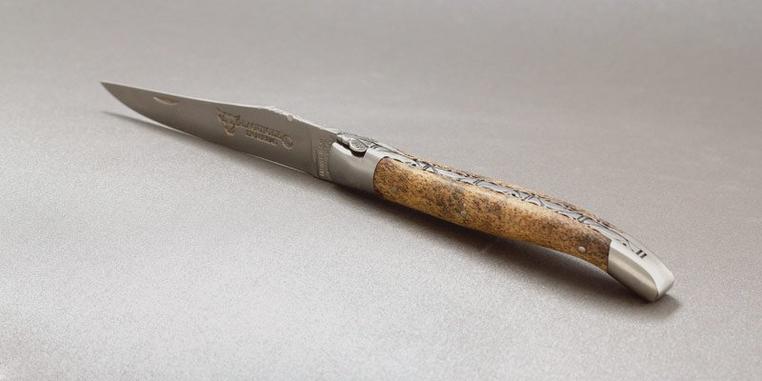

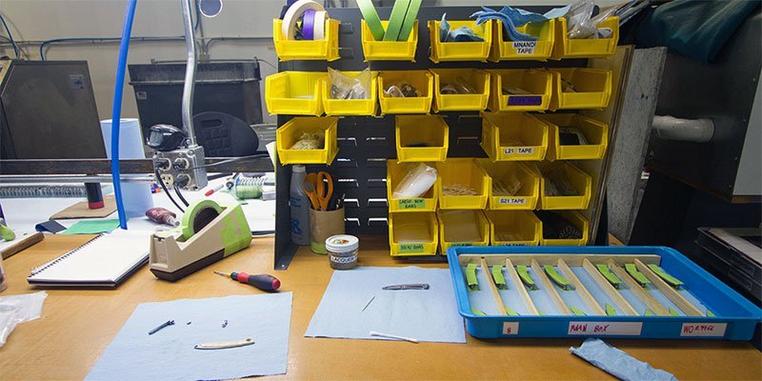
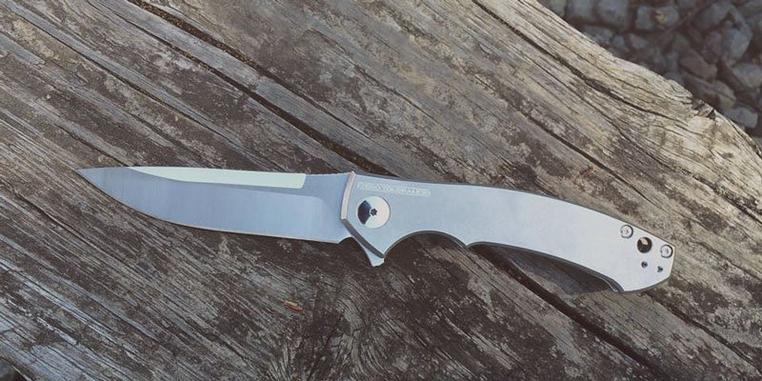
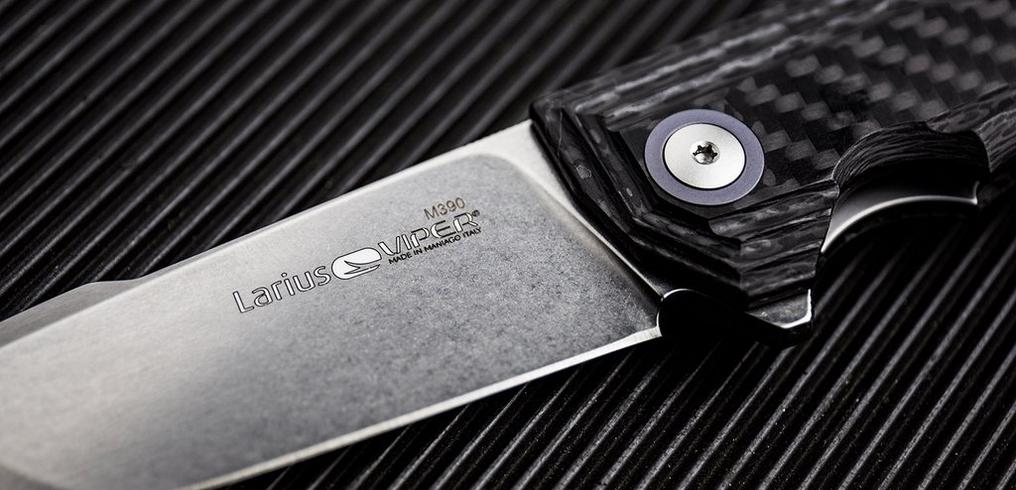
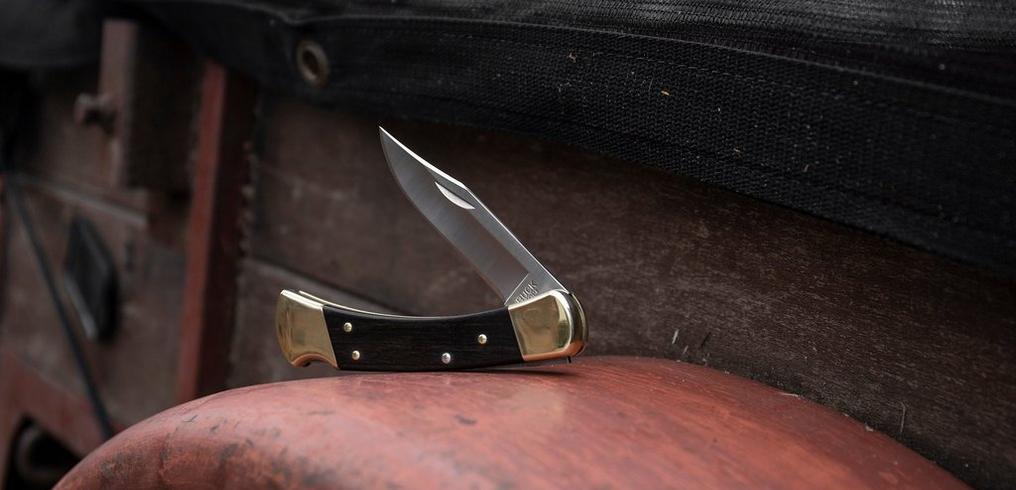
?%24center=center&%24poi=poi&%24product-image%24=&fmt=auto&h=490&poi=%7B%24this.metadata.pointOfInterest.x%7D%2C%7B%24this.metadata.pointOfInterest.y%7D%2C%7B%24this.metadata.pointOfInterest.w%7D%2C%7B%24this.metadata.pointOfInterest.h%7D&scaleFit=%7B%28%24this.metadata.pointOfInterest%29%3F%24poi%3A%24center%7D&sm=c&w=1016)


?%24center=center&%24poi=poi&%24product-image%24=&fmt=auto&h=490&poi=%7B%24this.metadata.pointOfInterest.x%7D%2C%7B%24this.metadata.pointOfInterest.y%7D%2C%7B%24this.metadata.pointOfInterest.w%7D%2C%7B%24this.metadata.pointOfInterest.h%7D&scaleFit=%7B%28%24this.metadata.pointOfInterest%29%3F%24poi%3A%24center%7D&sm=c&w=1016)
?%24center=center&%24poi=poi&%24product-image%24=&fmt=auto&h=490&poi=%7B%24this.metadata.pointOfInterest.x%7D%2C%7B%24this.metadata.pointOfInterest.y%7D%2C%7B%24this.metadata.pointOfInterest.w%7D%2C%7B%24this.metadata.pointOfInterest.h%7D&scaleFit=%7B%28%24this.metadata.pointOfInterest%29%3F%24poi%3A%24center%7D&sm=c&w=1016)
